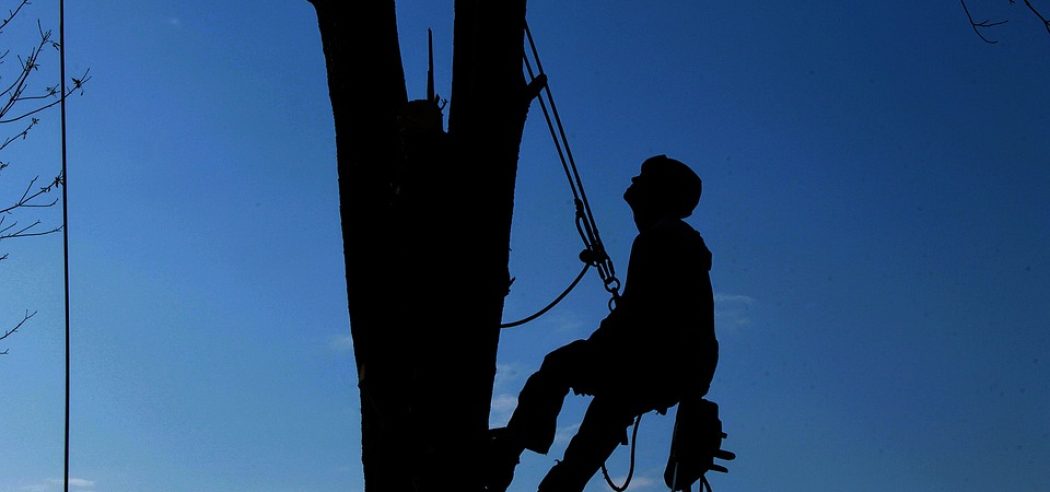The Essential Art of Tree Pruning: Elevating Health, Safety, and Aesthetics in Arboriculture
Join us on an explorative journey into the heart of arboriculture, focusing on the vital practice of tree pruning. This comprehensive guide illuminates the complex interplay between ecological stewardship and the thoughtful sculpting of our natural landscapes through the careful removal of trees.
The Critical Role of Tree Pruning in Enhancing Arbor Health
The health and vigor of trees are foundational to their aesthetic appeal and ecological value, forming the core of arboricultural practices. Tree pruning is paramount in this context, serving as a preventive and corrective measure to maintain and enhance tree health. By identifying and removing diseased, damaged, or dead branches, pruning prevents the spread of pathogens and pests, thereby safeguarding the tree’s vitality.

Pruning also plays a crucial role in the development of a tree’s structure, promoting a strong, well-formed canopy that can withstand environmental stresses. Strategic cuts made during a tree’s formative years can guide its growth pattern, preventing future structural issues that could lead to safety hazards or the need for more drastic interventions.
Structural Integrity and Safety: Prioritizing the Longevity of
Trees
Beyond aesthetics, the structural integrity of a tree is fundamental to its longevity and the safety of the surrounding environment. Proper pruning techniques are essential in managing the weight distribution of branches, reducing the likelihood of breakage under the stress of wind, snow, or the weight of foliage.
The removal of dead or weakened limbs is a critical safety measure, mitigating the risk of falling branches that could cause injury or damage to property. Additionally, pruning ensures that trees maintain a safe distance from structures, power lines, and other infrastructure, preventing potential conflicts and hazards.
Aesthetic Pruning: The Artistic Dimension of Tree Care
Aesthetic pruning transcends basic maintenance, entering the realm of artistic expression within the landscape. This nuanced form of pruning enhances the natural beauty of trees, aligning their form with the overall design vision of the landscape. Skilled arborists shape trees to highlight their best features, whether it’s the graceful curve of branches, the texture of the bark, or the canopy’s color and density.
This practice not only contributes to the visual appeal of green spaces but also encourages healthy growth patterns, ensuring that trees remain vibrant and structurally sound. Aesthetic pruning can also influence flowering and fruiting, adding another layer of beauty and utility to the landscape.
Sunlight Penetration and Air Circulation: Vital for Tree Vitality
The health of a tree is intricately linked to its exposure to sunlight and the flow of air through its canopy. Pruning plays a pivotal role in optimizing these conditions, enhancing the tree’s ability to photosynthesize and resist diseases. By thinning out dense branches, arborists ensure that light and air can reach the inner parts of the canopy, supporting the health of leaves and branches throughout the tree.
This careful management of the canopy’s density also helps to reduce moisture retention within the foliage, which can be a breeding ground for fungal diseases. Improved air circulation facilitates the quick drying of leaves and branches after rain, further minimizing disease risks.
Fostering Longevity and Environmental Harmony Through
Pruning
Tree pruning is more than a maintenance task; it’s a long-term investment in the health and longevity of trees and the ecosystems they support. Thoughtful pruning practices contribute to the sustainability of urban forests, parks, and natural landscapes, ensuring that trees can continue to provide their essential ecological services for generations.
Pruning with an eye towards environmental conservation involves not only the careful selection of branches to remove but also timing and techniques that minimize impact on wildlife. Nesting birds, for instance, rely on the shelter and safety of tree canopies. Arborists often schedule pruning activities outside of nesting seasons to protect these avian inhabitants.
Conclusion: The Multifaceted Benefits of Tree Pruning
Understanding the complexities and benefits of tree pruning is essential for anyone invested in the health and beauty of landscaped and natural environments. Through the practices of health-focused, structural, and aesthetic pruning, arborists contribute to the vitality, safety, and visual appeal of trees.
Pruning is not just about removing what is unwanted; it’s about nurturing what remains, ensuring that each tree can thrive and contribute to its surroundings in the most positive way possible. Whether it’s enhancing the structural integrity of a tree, opening up a canopy to light and air, or shaping a tree for visual appeal, the thoughtful application of pruning techniques is a testament to the delicate balance between human intervention and nature’s innate beauty.
FAQ
Why is tree pruning crucial for tree health?
Pruning is vital for removing diseased, damaged, or dead branches, which helps prevent the spread of disease and pests, and supports healthy growth patterns.
How does tree pruning enhance safety?
By improving a tree’s structural integrity and removing potential hazards, pruning mitigates the risk of branch failure, protecting people, property, and infrastructure.
In embracing these practices, we not only ensure the health and beauty of individual trees but also contribute to the ecological and aesthetic richness of our communities.
